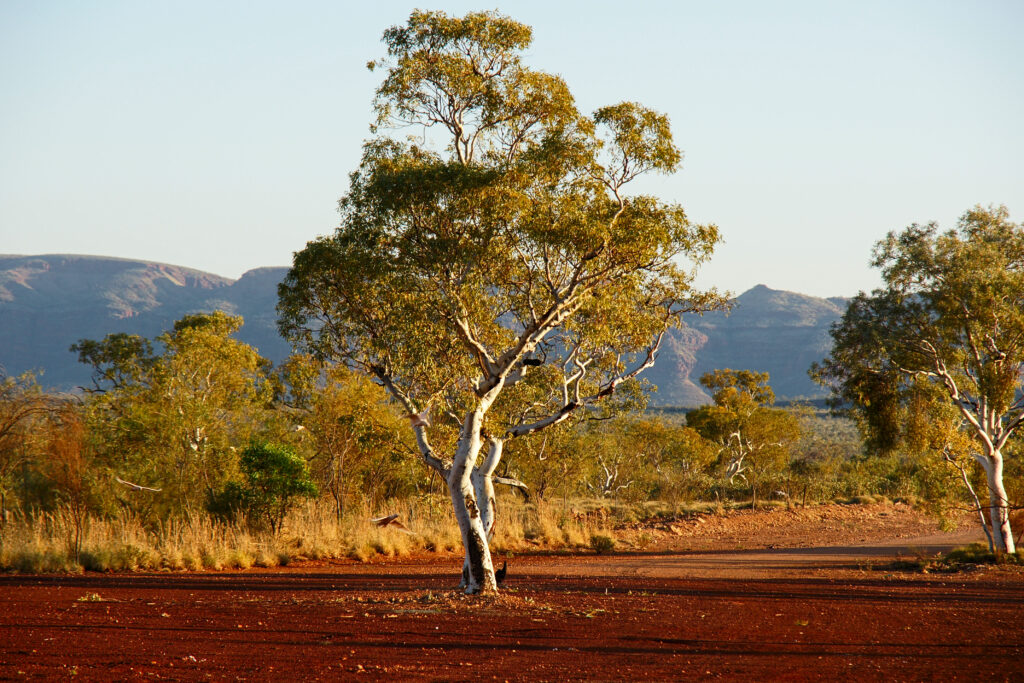Faster, cheaper Pilbara region surveys

The Pilbara region is a national hotspot for unique plants and animals. Image by Stefan Jurgensen, Flickr, CC-BY-SA-2.0
Mineral extraction in Australia’s Pilbara region is an economic powerhouse for the nation valued at over $70 billion annually.1
Assessments of environmental assets and potential impacts prior to, during and after developments is a statutory requirement. This is expensive, costing nearly $100M annually.2,3
Environmental surveys are difficult to conduct in the Pilbara because of the remoteness, relatively poorly known biota, outdated identification tools and specialised expertise required to identify many species.4
eDNA and other DNA-based methods of species identification have been adopted as part of best practice environmental assessments for over ten years.5
However, without access to a comprehensive and authoritative library of DNA barcodes, identifications can be ambiguous and inconsistent between surveys.
What difference would a complete DNA barcode library make?
- Fast, cost effective species identifications, which would be potentially, automatable.
- Reliable species identifications based on authoritative DNA reference sequences.
- Less reliance on domain experts to identify species.
- Accurate species identification irrespective of organism age, time of year, or morphological features.
Benefits for Australia
- Fast, cost-effective eDNA-based environmental impact assessments.
- Improved environmental planning strategies, especially with respect to rare, threatened and poorly known species and the communities they occupy.
References
- Remplan. Economy, Jobs and Business Insights: The Pilbara. For the Department of Primary Industries and Regional Development.
- Anon. Index of Marine Surveys for Assessments (IMSA). (Department of Water and Environmental Regulation, Perth, Australia, 2020).
- Anon. Index of Biodiversity Surveys for Assessments (IBSA). (Department of Water and Environmental Regulation, 2020).
- Nevill, P. G. et al. Large scale genome skimming from herbarium material for accurate plant identification and phylogenomics. Plant Methods 16, 1-8 (2020).
- Harvey, M. S., Berry, O., Edward, K. L. & Humphreys, G. Molecular and morphological systematics of hypogean schizomids (Schizomida : Hubbardiidae) in semiarid Australia. Invertebrate Systematics 22, 167-194,(2008).
